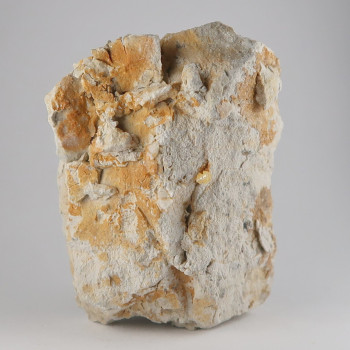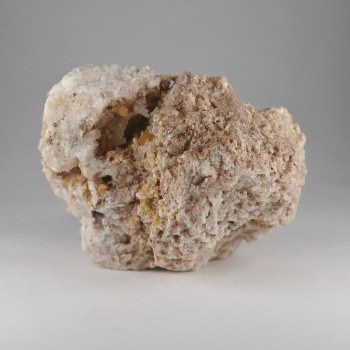Wulfenite
Wulfenite is a gorgeous lead mineral which is often a bright yellow-orange to orange-red colour, but can also occur in browns and green. It should be considered toxic and handling should be minimised.
Showing all 3 results
-

Wulfenite from Albuñuelas, Spain
Price range: £10.00 through £20.00 -

Wulfenite from Ojuela Mine, Mexico
Price range: £3.00 through £3.50 -

Wulfenite from the Badenweiler Pb mining district, Germany
£20.00
Information about Wulfenite
Appearance
It can be used as either an ore of lead or molybdenum, and is also prized by collectors.
Uses and History
It can be used as either an ore of lead or molybdenum, and is also prized by collectors.
It was originally described in 1772 by Ignaz von Born, as plumbum spatosum flavo-rubrum, and later renamed in 1781 to Kärntherischer bleispath.
It was finally renamed in 1845 and named after Franz Xavier von Wulfen, an Austrian mineralogist.
Mineralogy
Hazards and Warnings
Toxic, contains lead and molybdenum.
Mineral collectors should wash their hands after handling specimens, to avoid any exposure to potential toxins.
Almost all rocks, minerals (and, frankly, almost all other substances on earth) can produce toxic dust when cutting, which can cause serious respiratory conditions including silicosis.
When cutting or polishing rocks, minerals, shells, etc, all work should be done wet to minimise the dust, and a suitable respirator or extraction system should be used.
Translations
Arabic:
- وولفينيت
Hindi:
- वुल्फेनाइट
Portuguese:
- Wulfenita
Bengali:
- উলফেনাইট
Indonesian:
Punjabi:
English:
- wulfenite
Italian:
Russian:
- Вульфенит
French:
- Wulfénite
Japanese:
- ウルフェナイト
Spanish:
- Wulfenita
German:
- Wulfenit
Korean:
- 울페나이트
Thai:
- วุลฟีไนต์
Gujurati:
- वुल्फेनाइट
Mandarin Chinese:
- 钨铅矿
Urdu:
